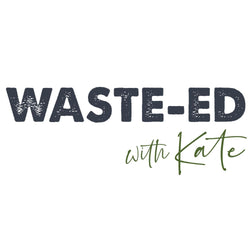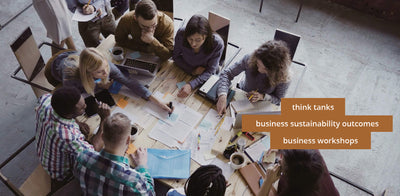What are Single Use Plastics?

As the name suggests, “single-use plastics” refers to items that are designed to be used once and then discarded. They’re not made to be durable but are cheap to produce and widely available.
It feels like they’ve been the norm for so long that it’s hard to imagine a world without them, but in actual fact, single-use plastics are a relatively new invention, with nearly half of all plastic ever made being manufactured since just 2000 (National Geographic, 2018). The silver lining in all of this is the fact that there was a time when we didn’t just fine without them, and we can get there again!
Single-use plastics also encompasses a huge amount of food packaging. Walk into any supermarket in New Zealand and you’ll see aisle after aisle of food in plastic bags, wrappers, trays, bottles, and containers. While we can’t control what our food is packaged in, we can make smarter choices.
The problem with single-use plastics
Obviously, the biggest problem we face with single-use plastics is what to do with them after they’ve been used. Sure, some are recyclable, but even then, most aren’t. It’s estimated that 90.5% of all the plastic waste that has ever been made, has never been recycled (Royal Statistical Society, 2018). Of the 6.3 billion metric tonnes of plastic waste in existence, 12% has been incinerated, and 79% has accumulated in landfills or is now polluting the natural environment (Royal Statistical Society, 2018).
Landfills pose a problem of their own. Not only are we running out of space for them, but they have an extremely negative impact on the health of the environment, people, and society. They release huge amounts of harmful methane gases into the air as well as toxic leachate into the ground (Danthurebandara et al., 2013). The Ministry for the Environment estimates that New Zealand alone send around 200,000 tonnes of plastic to landfills every year, roughly half of which is packaging (Sustainable Business Network, 2014).
Then there’s the plastic that ends up in the natural environment, with one of the main concerns being the impact on the fragile ecosystems of the world’s oceans and waterways. It’s estimated that around 8 million tonnes of plastic waste ends up in our oceans each year and by 2050 there will be more plastic in the ocean than fish (Earth Day Network, 2018). Most of this plastic isn’t intentionally dumped in the ocean, but is blown by wind or floats via rivers and streams. But once it’s there, it causes a whole lot of issues.


What now?
While we are in a waste crisis, it’s not all doom and gloom. The mere fact that most of these single-use convenience items are relatively new inventions means that we can do without them once again. We just need to shift our mindset from convenience-centric to impact-centric. Instead of purchasing or doing something because it’s easy (i.e. buying bottled water) think about what is going to create the lowest impact (i.e. bringing your own reusable water bottle or asking for a glass of water at a cafe).
Plus, we have one big advantage; all of the fantastic zero-waste products that are on the market nowadays! There’s reusable shopping and produce bags, metal straws, reusable takeaway coffee cups, reusable water bottles, beeswax food wraps etc. However, you don’t have to spend a cent to reduce your impact, a lot of it simply involves behavioral changes.



